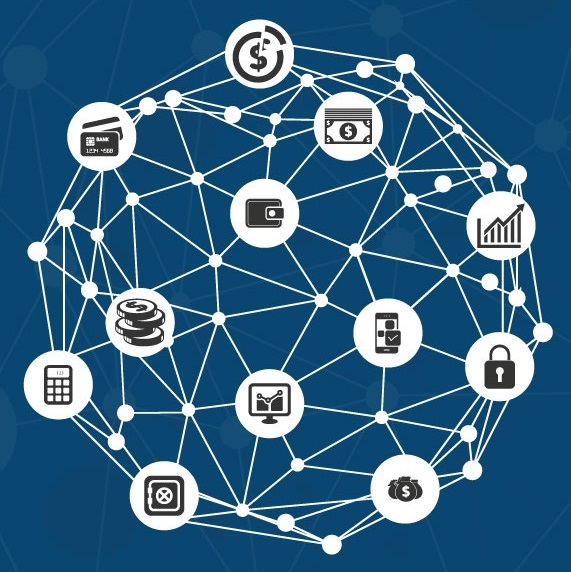
What are Digital Assets?
A digital asset is anything that exists in a digital format and comes with the right to use. Data that do not possess that right are not considered assets.
Digital assets include but are not exclusive to: digital documents, audible content, motion picture, and other relevant digital data that are currently in circulation or are, or will be stored on digital appliances such as: personal computers, laptops, portable media players, tablets, data storage devices, telecommunication devices, and any and all apparatuses which are, or will be in existence once technology progresses to accommodate for the conception of new modalities which would be able to carry digital assets; notwithstanding the proprietorship of the physical device onto which the digital asset is located.
Types of Digital Assets
Types of digital assets include, but are not exclusive to: digital currency, NFT’s, photography, logos, illustrations, animations, audiovisual media, presentations, spreadsheets, digital paintings, and a multitude of other digital formats and their respective metadata. The number of different types of digital assets is exponentially increasing due to the rising number of devices that are conduits for digital media, and especially the growth of digital e.g., smartphones.
Due to explosive growth of software applications in 2000s, immense diversity of user touchpoints covering a wide span of devices, and rapid growth of the blockchain-based asset space after the 2010s, the digital assets universe is growing.
Similar to “Blockchain“, “Digital Assets” is yet another term that is sometimes misused as a buzzword. Nevertheless, it is vital to understand the implications of digital assets as they undoubtedly play a tremendous role in the present and in the future. It all started with Bitcoin and its underlying technology enabling the creation and transfer of digital value without middlemen. Several years later, Ethereum, an asset management platform, was introduced. Since then, Ethereum has evolved to become the largest blockchain ecosystem in the world.
Use Cases for Digital Assets
At their core, digital assets are digital representations of all kinds of objects and their associated value. They allow issuance and transfer of ownership without the need for paper documents.
Widespread adoption of digital assets will lead to easier and faster issuance of securities, while cross-border transactions will be streamlined. These benefits apply to already existing types of securities, like bonds, fund shares, and in a few years, stocks. Beyond just improving efficiencies of existing types of securities, digital assets will allow completely new types of securities to be created.

